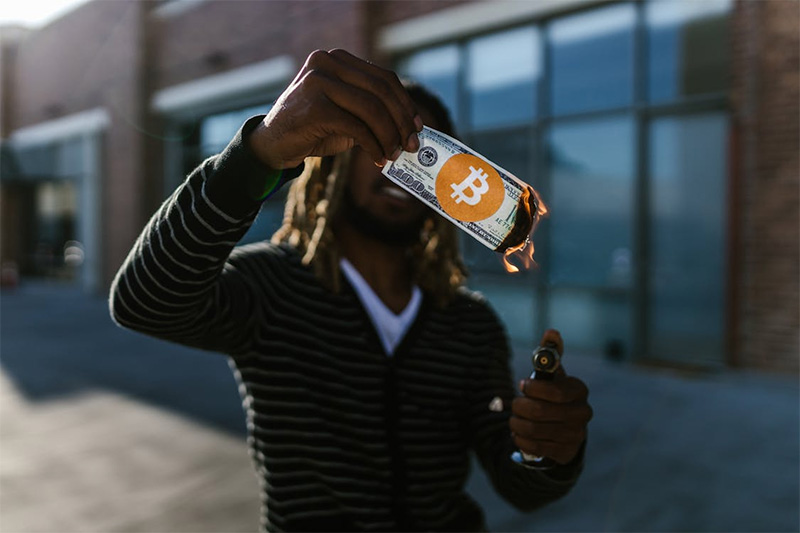A Simple Explanation of Inflation and Why It Matters
Prices go up, people groan, and everyone seems to have an explanation, usually wrong. Inflation isn’t just about numbers on a chart ticking upward; it’s the silent force that touches groceries, rent, paychecks. Too often, it gets buried beneath jargon or boiled down to wild theories. The core idea? Simple: inflation means money buys less than before. Painless? Not quite. It matters for anyone with a wallet or a bank account, and ignoring it doesn’t make it go away. So where does inflation come from? Why does it happen at all? Let’s tear off the curtain and get right to the heart of it.
Money Loses Muscle
A dollar today rarely stretches as far as yesterday’s dollar. That’s inflation at work, the way rising prices erode spending power over time. Think of money as a muscle; every year, inflation chips away at its strength, making groceries, energy bills, even coffee cost more than they did last year. No need for complicated charts here: when someone says “it used to cost a dime,” that’s proof in action. People feel the squeeze most in basics, housing and food especially, which means budget plans change whether one likes it or not.
Not All Causes Are Equal
Some point fingers at greedy companies or reckless governments, but reality steps into the room with two main culprits: demand-pull and cost-push forces. Sometimes demand booms, everyone wants stuff but there isn’t enough to go around; prices jump. Other times costs soar, oil spikes, wages climb, and companies pass those hikes straight onto customers. Printing more money can stir things up too, though not always as simply as some claim on late-night talk shows. Each cause leaves its own fingerprint on which goods get pricier and how fast inflation runs.
Who Gets Hit Hardest?
Rarely does everyone feel pain equally when costs rise. Those earning fixed incomes see their dollars lose buying power almost overnight; savings saved under mattresses shrink without ever moving an inch. Meanwhile, borrowers cheer (somewhat) since debts get easier to pay back in cheaper dollars, that’s not exactly fair play, is it? But sharp jumps rattle everyone: businesses scramble with higher costs; employees beg for raises just to stand still; families juggle bills and cut corners wherever possible, even on essentials.
Why Central Banks Obsess
The folks running central banks talk about inflation like meteorologists tracking storms, for good reason. Low and steady price rises help economies hum along smoothly; let inflation roar out of control (or vanish altogether), chaos follows fast: layoffs pile up or savings become confetti overnight. That’s why interest rate moves dominate headlines, raise them too high and growth dries up; keep them low too long and runaway prices haunt every corner of life. Balancing act? That’s putting it mildly.
Without understanding what drives price increases or how responses play out across society, serious mistakes follow close behind, mistakes that hit pocketbooks first and hardest. Inflation touches everything: savings decisions, wage talks, retirement hopes, a true domino effect if left unchecked or misunderstood entirely. Knowing why prices move the way they do gives people real tools, not just complaints, to weather economic changes ahead rather than falling victim again and again to unpleasant surprises hiding in plain sight.
Photo Attribution:
1st & featured image by https://www.pexels.com/photo/man-burning-a-100-dollar-bill-8369827/
2nd image by https://www.pexels.com/photo/assorted-us-dollars-in-various-denominations-32553544/


